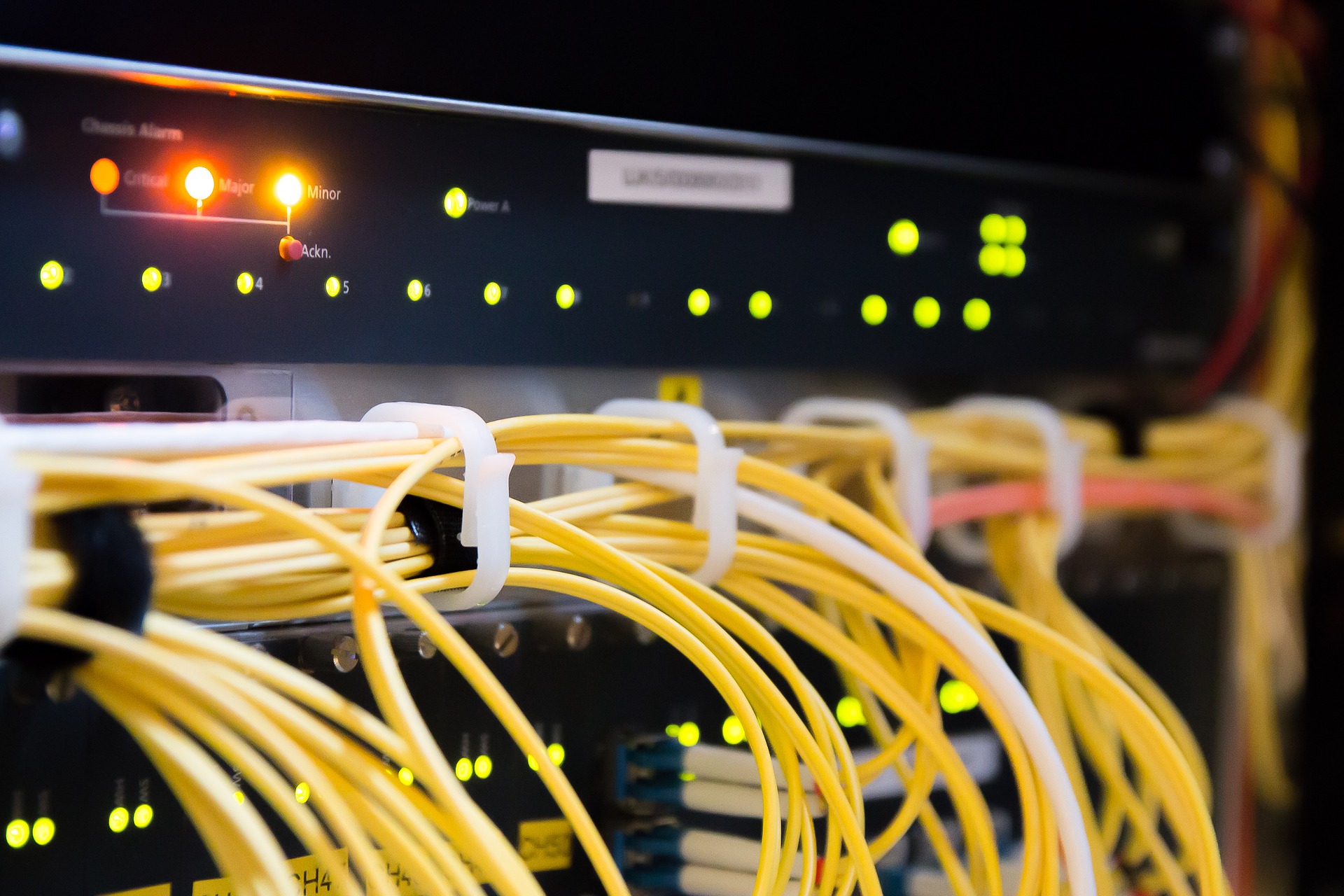Our Storage Solutions
Today individual computers and servers can provide substantial amounts of storage due to the availability of high capacity hard drives; however, this can frequently be insufficient, unusable across multiple servers and not provide adequate business continuity and resilience. Hence, organisations are deploying other external storage platforms to better suit their needs.
As with most complex technologies, there’s no one-size-fits-all solution when it comes to a storage network infrastructure. The needs and resources of each unique organisation will correlate to a different set of networking solutions.
Network planning process
The following are some questions that might help to guide your network planning process:
- What networking infrastructure do you already have in place?
- How many computers and networked devices do you have?
- Does your office’s design and layout impose physical constraints on your planning process?
- What networked applications do end users rely on most heavily, and how much bandwidth do these applications consume?
- Are you planning any changes to your technology infrastructure (such as additional employees or new applications) that might have an impact on your networking needs?
- What type of server infrastructure do you have? Is it physical or virtual?
- Do you require high availability in the event of a storage platform failure, thus eliminating a single point of failure?
Storage types
There are several kinds of storage types which are typically classified as Direct Attached Storage (DAS), Network Attached Storage (NAS) or Storage Area Networks (SANs).
Direct Attached Storage (DAS)
These more basic secondary storage devices are directly connected to a host computer or server. For instance, disk drives for disk backups, RAID arrays, and tape libraries for tape backups are all classified as DAS systems. DAS systems are usually used for local file sharing.
Network Attached Storage (NAS)
NAS combines both hard disks and management software, and typically provides storage pools to multiple servers and workstations. They usually have a gigabit Ethernet connection to provide higher speed access and they are based on standard network protocols such as TCP/IP, FC, and CIFS. NAS systems usually have multiple hard drives configured in a RAID array and incorporate software to configure storage locations or file shares.
Storage Area Networks (SAN)
A storage area network, or SAN, is a highly scalable, dedicated, high-speed pool of storage media such as hard drives used to transfer large blocks of data securely among servers, these storage pools are normally expandable as needed. They are usually connected to the server infrastructure using either Fibre Channel or ISCSI. It is common to configure SANs on a separate network to the primary LAN to isolate the traffic. Depending on the solution SANs can be very scalable, provide high availability functions to replicate data to secondary appliances to eliminate downtime in the event of a SANs failure.

